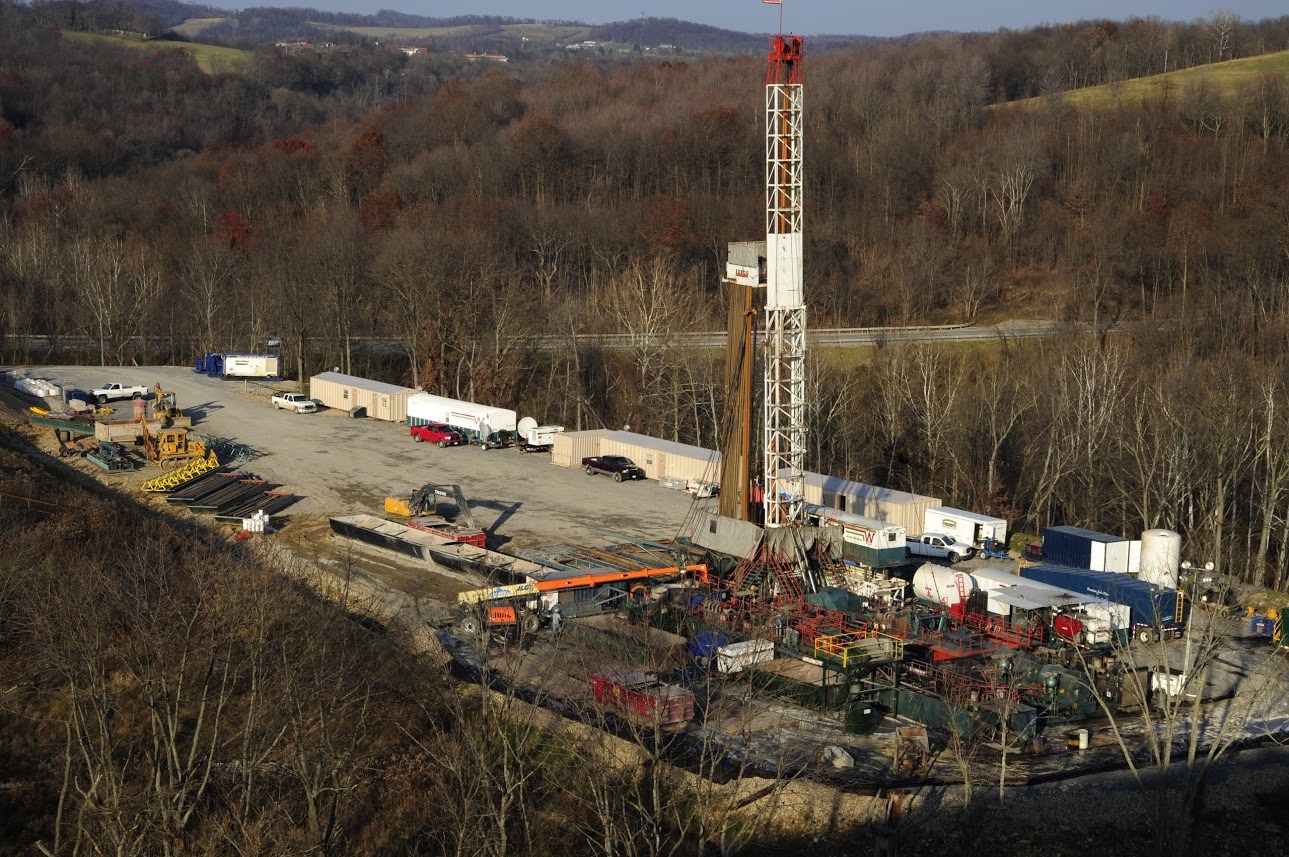Study Finds Elevated Levels of Fracking Chemicals in Western PA Residents, Underscores Need for Protective Buffers From Shale Gas Industry

PHILADELPHIA, PA (March 10, 2021) Released on March 1, 2021, a 2-year investigative study from Environmental Health News (EHN) found elevated levels of toxic industrial chemicals linked to shale gas operations in the urine of families living near these operations in western Pennsylvania. The EHN study found harmful chemicals, benzene, ethylbenzene, styrene, and toluene, in the bodies of adults and children at levels up to 91 times higher than are seen in the average American. In addition to finding chemicals in the bodies of western PA residents, chemicals linked to the shale gas industry were found in the air and water of their properties. All levels of these chemicals exceeded recommended safety limits. The EHN study underscores the need for uniform protective buffers from the shale gas industry across Pennsylvania.
Joseph Otis Minott, Esq., Executive Director and Chief Counsel of Clean Air Council, issued the following statement:
“This study shows there are harmful chemicals in the bodies of southwestern Pennsylvania kids and adults at levels that are significantly higher than the average American. This is unacceptable. As we work to quickly phase out natural gas, elected leaders must immediately put in place science-backed buffers around homes and schools that keep fracking away from Pennsylvania residents.”
BACKGROUND
The EHN research shows that people living and working near shale gas infrastructure are more likely to have their health negatively impacted, compared to those who don’t. Air pollutants from this infrastructure pose known health risks that affect the respiratory, cardiovascular, and reproductive systems and more. Children and the elderly are particularly vulnerable to emissions from shale gas infrastructure.
Municipalities across Pennsylvania are adopting local protections for residents, including buffers around buildings and natural resources indicating where shale gas infrastructure cannot be built. These local protections are critical, but they result in a patchwork of requirements across the state. Uniform minimum buffer distances for the state would provide consistency for industry while protecting Pennsylvania residents equally.

